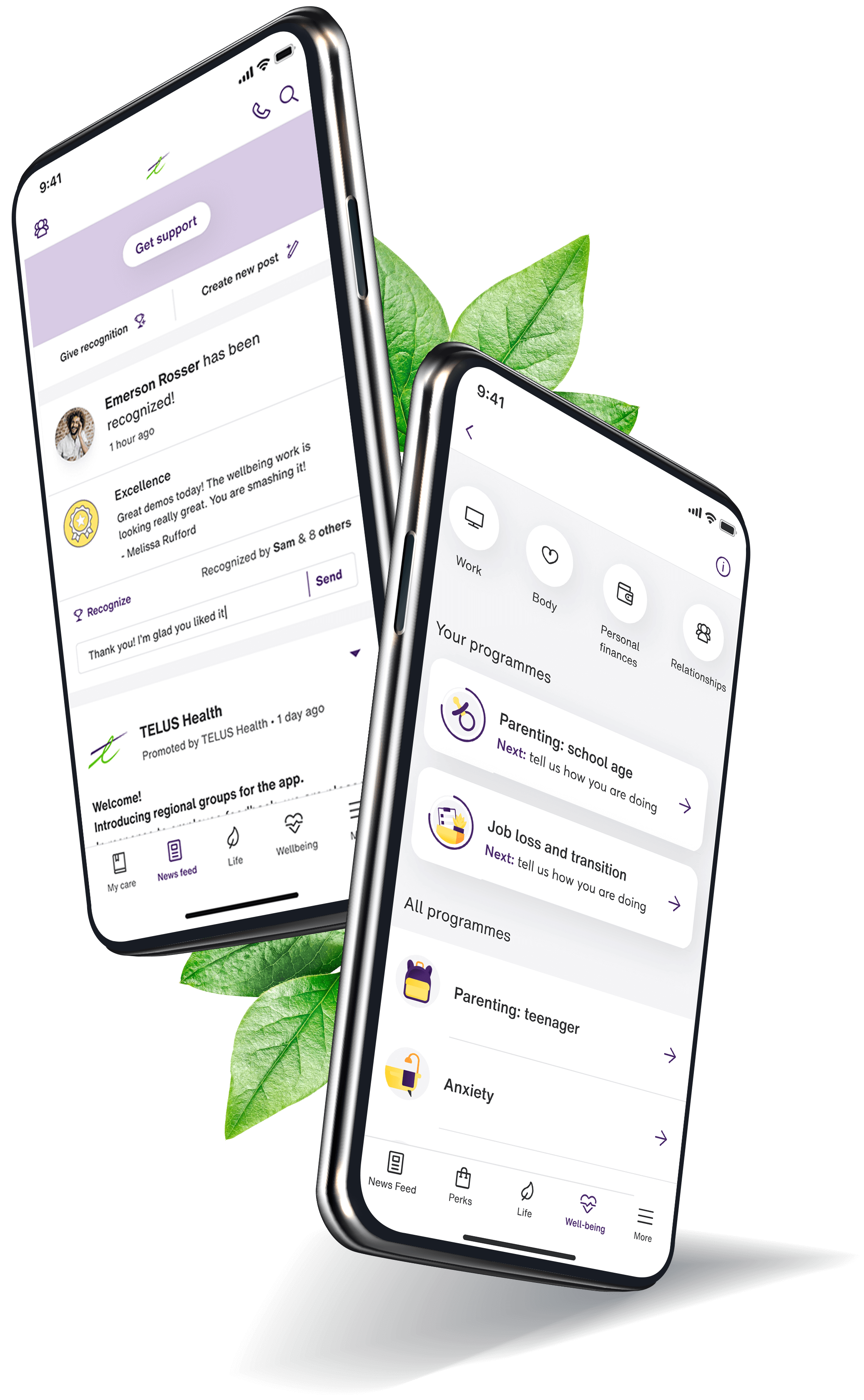Setting SMART goals
Learning how to set realistic goals and stick with them is a big part of personal and work success. Whether you hope to pay off your debts, get fit, make a career move, go back to education, or make other life changes, having clear goals and a plan for reaching them will help you succeed. The SMART goal model described here will help you think through and evaluate your goals. This process is used in the business world, but you can use it to develop goals in both your personal and work life.
SMART stands for:
Specific. When setting a goal, make sure it is well-defined, clearly worded in a positive statement, and narrow enough to use as a guide. For example, a goal like "I'm going to spend less this year" isn't positive or specific enough. "I'm going to pay off my credit card debt in one year" is both a positive and specific goal.
Measurable. Your goal should be specific and measurable so that you're able to track your progress. If your goal is to pay off your credit card debt, your measurable goal might be: "I'm going to save $50 a month by making my lunch instead of buying it at work, and put that money towards reducing my credit card debt. In 6 months it will be cut in half."
Action-orientated. You are more likely to achieve your goal if it includes steps and actions you will take. "Complete degree course application by 1st December" is an action-orientated goal, as opposed to a goal with no action steps, such as "This year I plan to learn new skills." Again, if your goal is to get out of debt, you'll have a better chance of achieving it if you commit to definite actions like making your own lunch, or you can say "I will take all the credit cards out of my wallet today so I cannot make impromptu purchases."
Realistic. Goals motivate us to grow and challenge ourselves. But they need to be attainable and realistic to work. "I will become fluent in Spanish by next summer" is an ambitious goal, but it may not be realistic if you don't currently speak a word of Spanish. A more realistic goal might be to have completed your first course in Spanish six months from now.
Time-limited. Goals work best when there is a deadline or time limit. Without a time limit there's no point at which the goal can be said to have been reached or not. Setting a time frame gives you a clear target, helps you stay focused, and helps you measure your progress.
Finally, it's crucial to write down your goals, action steps, measures and time frames - on your computer, smartphone or in a notebook or diary. Refer to your plan often as you map out action steps and work towards your goal. It can also be your inspiration.


